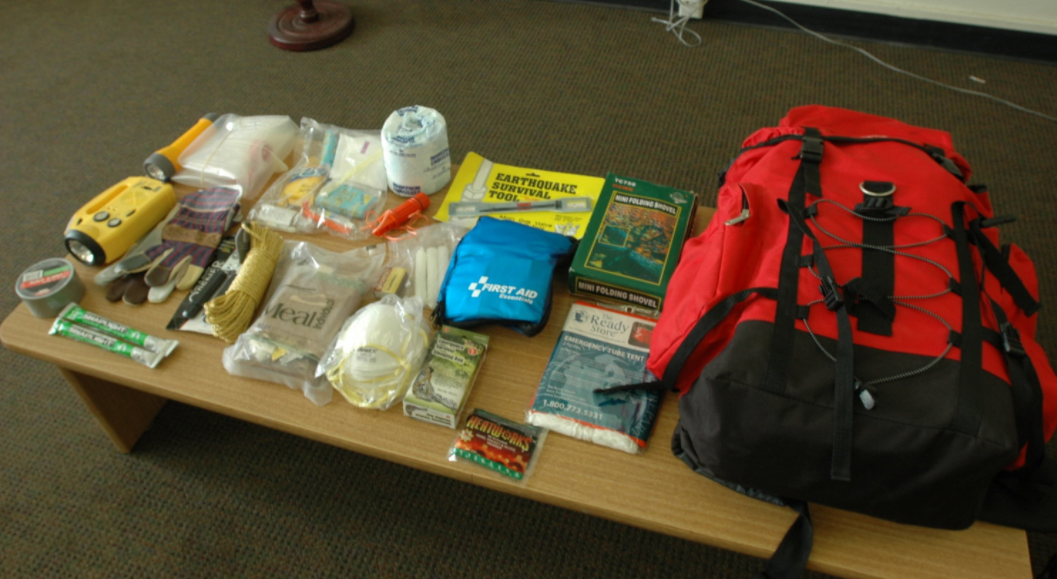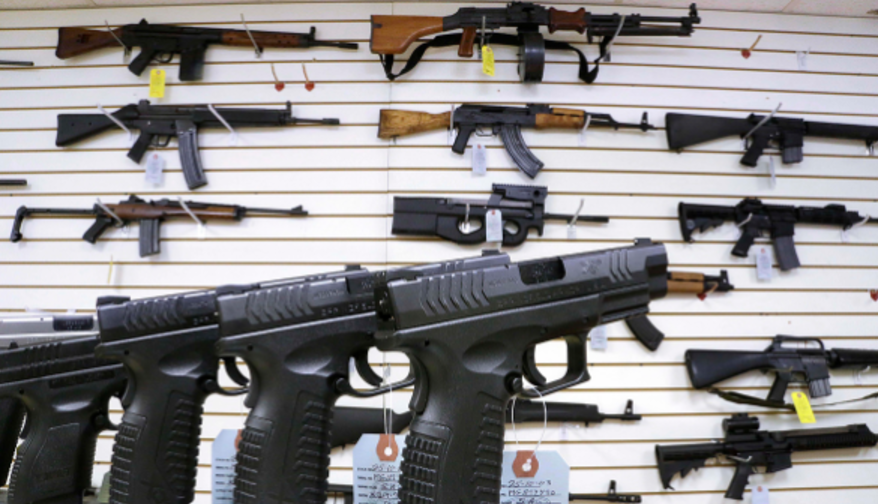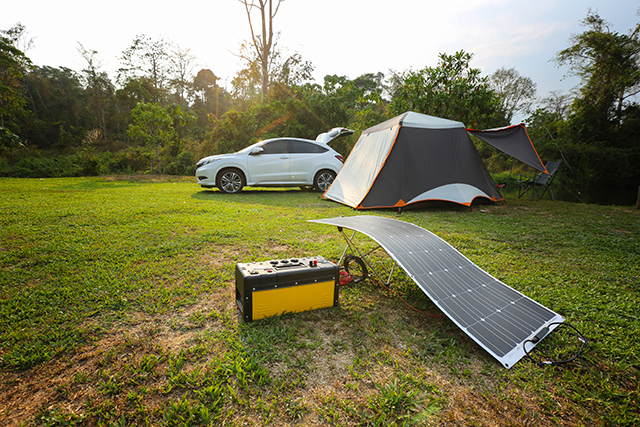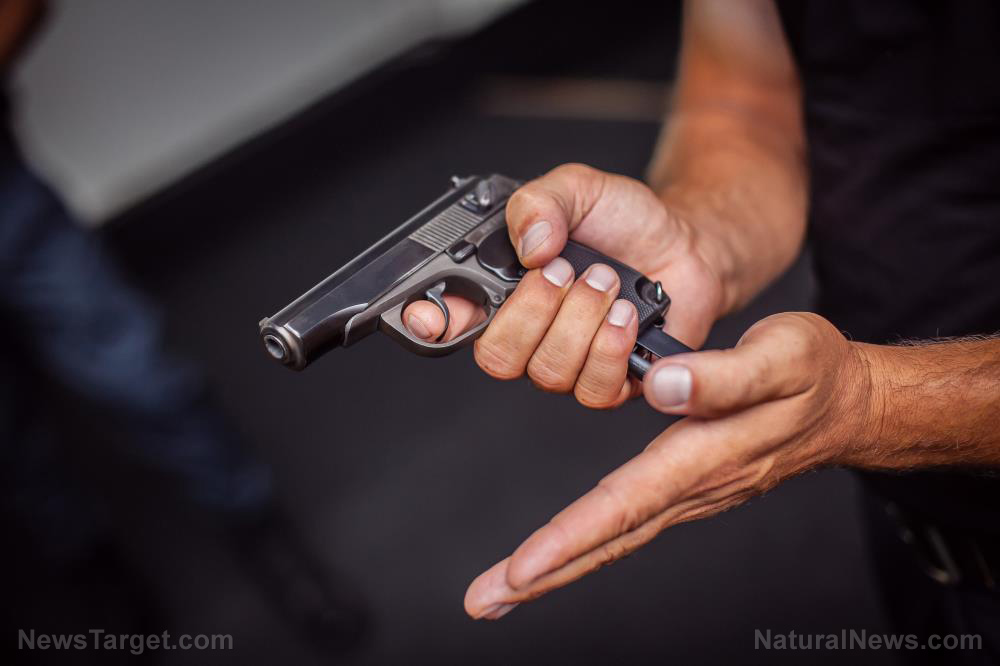Tips for being ready to use your firearm when a situation turns violent
03/28/2018 / By Lance D Johnson
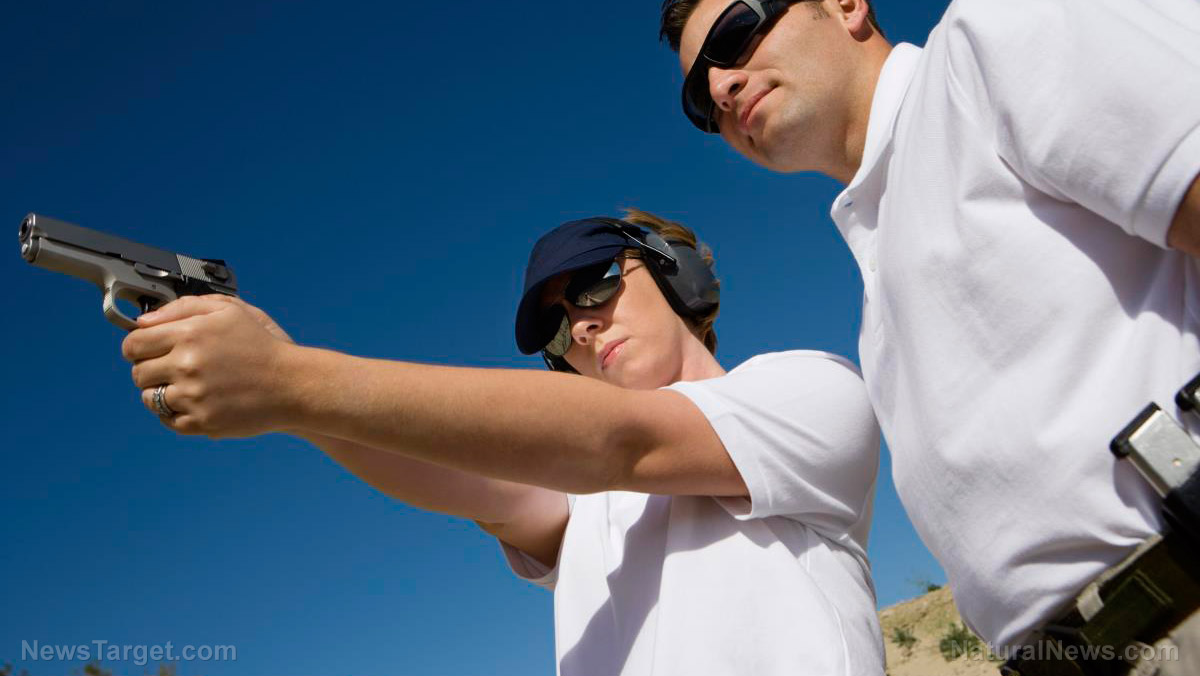
Not one person is entitled to a life free of danger and free from violent threats. This is the reality of the world we live in. At any moment, malicious evil can strike. The naïve bubble of a gun-free zone is quickly popped by the evil intent of a heart gone cold.
Will you be mentally prepared when violence threatens your existence? If you’ve never been forced into a fight or flight situation, you may freeze up in the face of danger. The more experience you have utilizing your adrenaline and the more training you have defending yourself, the better off you will be when evil strikes. If you carry a firearm, it is especially important that you know how to use it.
To confront a violent attacker, you must first learn to control your breathing. If the threat is imminent, you probably won’t have time to do this mindfully; this is why training with your firearm is important. Practice getting a firm grip on your firearm. Practice un-holstering the firearm in one direct, swift motion. Get used to the recoil of the gun.
If an attack is imminent, inevitable, and shots are being fired, you will have no choice but to hit your target first, forcing the attacker to protect himself. The faster you shift their focus away from their attack, the better chance that you and others will have to escape and survive. You must respond with speed and precision, to make your presence and power known.
If you are in a concealed carry situation, when you draw the gun, you are committing to your action, so be prepared to use the weapon definitively. Your grip on the firearm when it is holstered is important. Position your pinky, ring finger, and middle finger between the grip of the handgun and the belt. Obtain a holster that gives you optimal grip while the gun is in the holster. It is better to establish your grip in the holster instead of being forced to shift your grip after you draw. The more practice you get, the more the routine will be engraved into your brain, preparing you for the real thing.
Next, practice your draw stroke. In one swift, practical movement you should be able to draw the gun and have it oriented toward the threat. Practice the draw from different defensive positions. Realistically you could be caught taking cover before you have a chance to draw. You could be helping a wounded person on the ground and may need to draw your gun from your knees. If you are going to draw to confront, be calm but authoritative.
Practice your draw to flow as one straight line toward your target. If you practice enough, you will automate the draw and it will become second nature in a crisis situation. When you start practicing, don’t strive for speed first. Strive to get the motion down right, and the speed will come naturally as you practice.
The final part is shooting with precision and knowing when to throttle back. Pulling the trigger quickly won’t guarantee a hit. Learn to control your body movements and reflexes first. If you do not practice enough with your firearm, your anticipation of the gun’s blast will set off your natural reflexes as you are about to pull the trigger. This can throw your aim off at the last second. Breathe in and breathe out calmly. Press the trigger smoothly. Compensate for recoil as you prepare multiple shots. If you shoot steady and smooth, the speed of the bullet will take it from there. Practice shooting at targets from different distances so you can get a feel for the speed and precision you’ll need for close-up or farther away attacks.
You’ll also need to decipher when to throttle back and prevent innocents from getting hurt by crossfire. For a more precise shot, focus on exactly where you want to hit. Don’t haphazardly shoot at the general body of the threat. Hone in on a specific point. With enough practice you will become confident in your own skill level, ultimately helping you respond appropriately and accurately in a crisis situation. (Related: For more self-defense tips, visit Guns.News.)
Sources include:
Tagged Under: concealed carry, draw, firearm training, firearms, gun free zone, guns, holster, precision, recoil, self-defense, target acquisition, trigger pull















